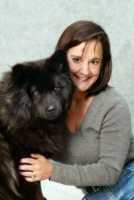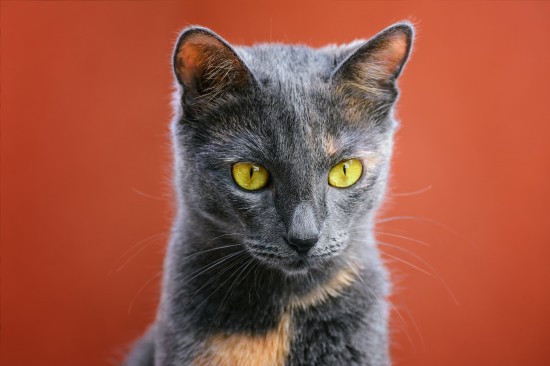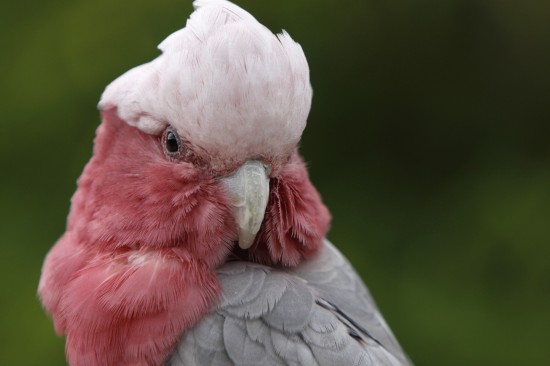
Natural Solutions that Provide Real Results
This article hopes to provide some insight into what you can do for a pet with an Orthopedic disease issue, or Growth/Developmental/Mobility type health problem/s (definitions found at the end of the article). Observing the suffering, degeneration, and lack of mobility in your Pet from these often complex problems can be very disheartening and cause the concern that many pet owners experience. The good news is that there are natural substances that promote better cell performance, thereby supporting improved metabolic function of the body, including systems which reduce toxin and free-radical buildup. Two options include Antioxidant Treats for Pets OR another all-natural solution called Sprouted Granules, which can provide critical nutritional assistance for such improved bodily function, without risk of side-effects common to many pharmaceuticals.
ALL NATURAL HELP OPTIONS
Regardless of the core Joint-Health, Growth, Developemental, or Disease issue affecting your pet, even back problems, the manner in which some natural health supplements/products can support the body's ability to help itself is what is important. Whatever the underlying problem, it is remarkable to witness how the body can restore, repair, or just function markedly better when it receives missing and needed resources. This is where special nutrition from some of the supplements available comes into play. Several products provide that critical resource - live nutrition - which enables the body to kick its own antioxidant systems into a higher gear.
As an example, the special 'live nutrition' found in some products like Antioxidant Treats or Sprouted Granules can provide an all-natural alternative to typical vet-prescribed solutions to pain and mobility issues. The 'live nutrition' will be used by the body to manufacture a diverse series of metabolic and antioxidant enzymes. As with all 'living foods', the enzymes the body needs in order to properly assimilate and distribute nutrients, vitamins, and minerals effectively are part of the living food provided here. It is these live enzymes that are then responsible for the key metabolic processes such as clearing of toxins or free-radicals.
Another vital role played by these enzymes is help with the cleansing and restoration of the body's natural synovial fluid. The fluid, contained in the Bursa sacs, provides the critical spacing and lubrication for the joints. Without sufficient enzyme support, this natural lubricant begins to break-down, becomes cluttered, or loses its viscosity - reducing joint spacing. Much like dirty engine oil, the break-down of this vital fluid can subsequently cause damage to the cartilage and surrounding tissues. Therefore, one can see how improving the body's ability to manage the synovial fluid properly becomes significant in the battle against joint pain. For a more comprehensive understanding about all this, research Antioxidant Enzymes of the Body.
In contrast, while typical 'prescription' anti-inflammatory med's, NSAID'S, steroids or aspirin may ease symptoms, they rarely address the nutritional needs of the body or how that affects the primary cause of the problem. In addition many of these medications carry potentially harmful side-effects. Today, many pet owners' prefer to avoid medications because of the possibility of serious damage to kidneys or liver.
Wobblers Syndrome
Wobblers Syndrome affects various large breeds, where Great Danes and Dobermans are the most common. Veterinarians believe there is a genetic factor involved as they have reported the condition in certain bloodlines of various breeds. It is difficult to differentiate between genetic, environmental or nutritional factors. A true case of wobblers in Great Danes is normally seen at 3 to 12 months of age, with a slowly developing issue with lack of coordination in rear gait function. This is due to the pressure on the spinal cord as it passes through the vertebrae of the neck. In Doberman Pinchers this condition is often not developed until the dog is 5 to 7 years of age. The narrowing of the spaces in the vertebrae causes a pinching of the nerves in the spinal canal, and the inflammation and swelling of the spinal cord leads to the resulting Wobblers' Syndrome.
Panosteitis (Pano)
Panosteitis is often abbreviated as PANO due to yet another medical name that is difficult to say, much less remember. This is the least invasive of developmental orthopedic diseases in dogs. This ailment is characterized by an accelerated rate of growth resulting in arthritis like aches or pains in the long bone of the legs. Very likely, the problem moves from one leg to another as well. Although it is likely self limiting as the dog matures, during these episodes of wandering lameness there is considerable pain due to inflammation.
Pano normally is seen in older puppies and can last until over 12 months of age if there is not a change in diet to a high quality, meat based moderate protein/fat/calorie food, fed in properly measured amounts. It is important to slow down the growth process and relieve the pain of inflammation using a natural supplement like Antioxidant Pet Treats or Sprouted Granules.
Osteochrondritis Dissecans (OCD)
Osteochrondritis Dissecans is most often refered to as OCD - for obvious reasons. This is a developmental orthopedic disease often seen in puppies from 5 months - 16 months of age. OCD is most often a result of feeding poor quality dog food with crude forms of minerals and/or calcium added to a diet. Improper diet and do-it-yourself adjustments by well-meaning owners, or others with miss-guided notions, can really throw things off balance. In this case, supplementation of minerals or human foods often unbalance the calcium to phosphorus ratio causing OCD with subsequent separation of joint cartilage from the bone.
Symptoms of OCD are lameness and inflammation upon flexing the leg and there are varying degrees of OCD depending on age and diet. Cartilage separation happens in the shoulder joints, knee (stifle) and hock (ankle) joint. If caught before 7 months of age, it is possible for owners o treverse this damage with a change in diet, Adequen shots and the use of Antioxidant Pet Treats or Granules as a natural nutritional boost and anti-inflammatory.
OCD can be due to trauma to the joint cartilage as well, but if the dog is supported nutritionally to begin with, generally this kind of injury does not happen. Older dogs with cracks, floating chunks or peeling up of the cartilage need surgery to remove the debris and stop the pain.
Article submitted by Tim Delaney. Tim is a multiple dog owner who has experienced positive results from utilizing some of the products referenced in this article. References include Nzymes and Nzymes EU
 Why It Is Vital To Ensure That Your Children Do Not Tease Your Puppy
Why It Is Vital T
Why It Is Vital To Ensure That Your Children Do Not Tease Your Puppy
Why It Is Vital T
 What to Look for in a Professional Pet Care Provider
What to Look for in a Professional Pet Care Provider
 Find the Best Feeding Bowl For Your Dog
Download Puppy chihuahua and food bowl - Royalty Free Stoc
Find the Best Feeding Bowl For Your Dog
Download Puppy chihuahua and food bowl - Royalty Free Stoc
 Top 4 Health Issues That Affect Cats
Top 4 Health Issu
Top 4 Health Issues That Affect Cats
Top 4 Health Issu
 Galah Cockatoo
Galah Cockatoo
Galah Cockatoo
Galah Cockatoo
Copyright © 2005-2016 Pet Information All Rights Reserved
Contact us: www162date@outlook.com